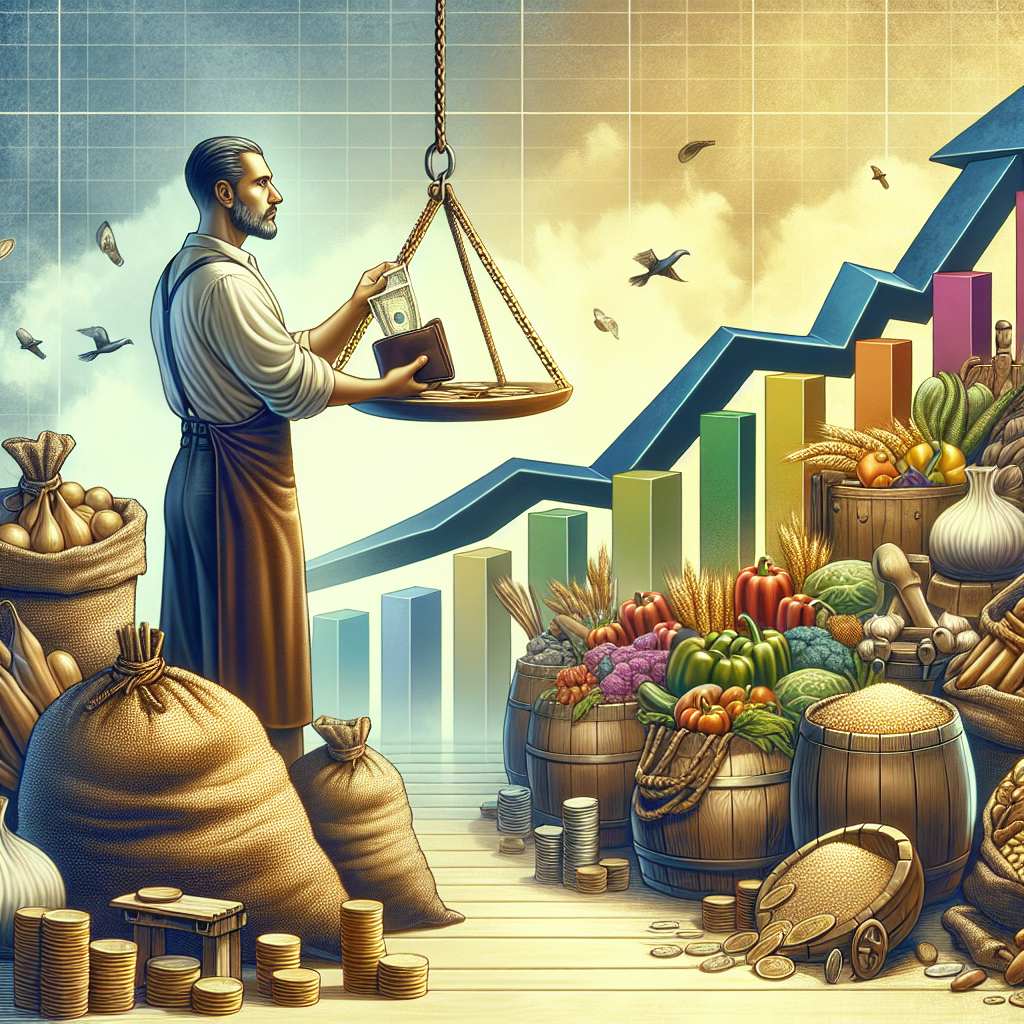U.S. Inflation Surge: A Complicating Factor for Federal Reserve's Next Move
U.S. inflation increased in June, fueled by higher tariffs, especially affecting imported goods such as furniture and recreation products. The prices also rose in sectors like clothing and footwear. This unexpected increase challenges the Federal Reserve's anticipated rate cuts, further complicated by rising consumer spending, stagnant unemployment rates, and economic uncertainties.

U.S. inflation experienced an unexpected rise in June due to increased tariffs on imported goods, including household furniture and recreation products. This development has sparked concerns that price pressures may delay the Federal Reserve's anticipated interest rate cuts, originally expected by October.
The Commerce Department reported significant growth in goods prices, marking the largest gain since January. This increase was especially notable in clothing and footwear costs. Rising inflation is complicating economic predictions and expectations for Federal Reserve policy, explained by experts like Olu Sonola, head of U.S. economic research at Fitch Ratings.
Despite stagnant unemployment rates and a steady labor market, consumer spending has shown resilience, rising by 0.3% in June after holding steady in May. Economic activity rebounded at a 3.0% rate in the second quarter, indicating potential challenges ahead if tariff pressures and economic uncertainties persist.
(With inputs from agencies.)
ALSO READ
Impact of U.S. Tariffs on Czech Economy - A Future Look
Global Economy: IMF Forecasts on Growth and Tariff Challenges
Taliban Boosts Economy with Skilled Worker Export Initiative to Qatar
Chad Launches Circular Economy Roadmap to Drive Green Growth
Navigating the Blue Economy: Thailand’s Vision for Marine Spatial Planning Success










